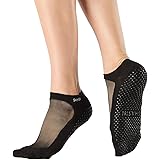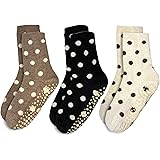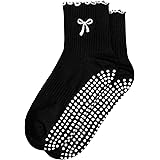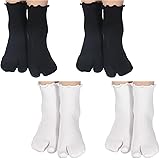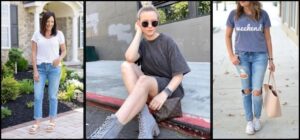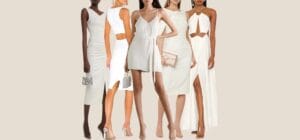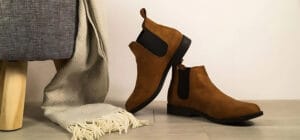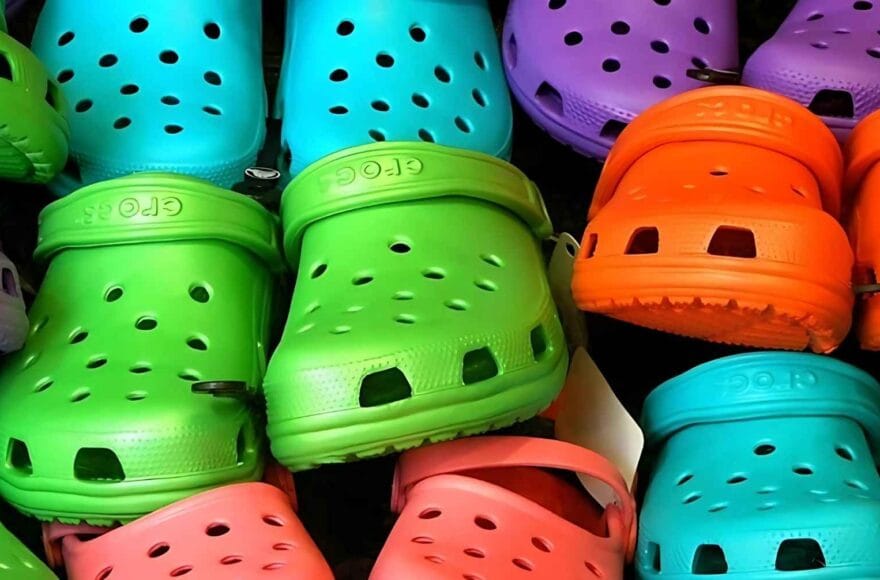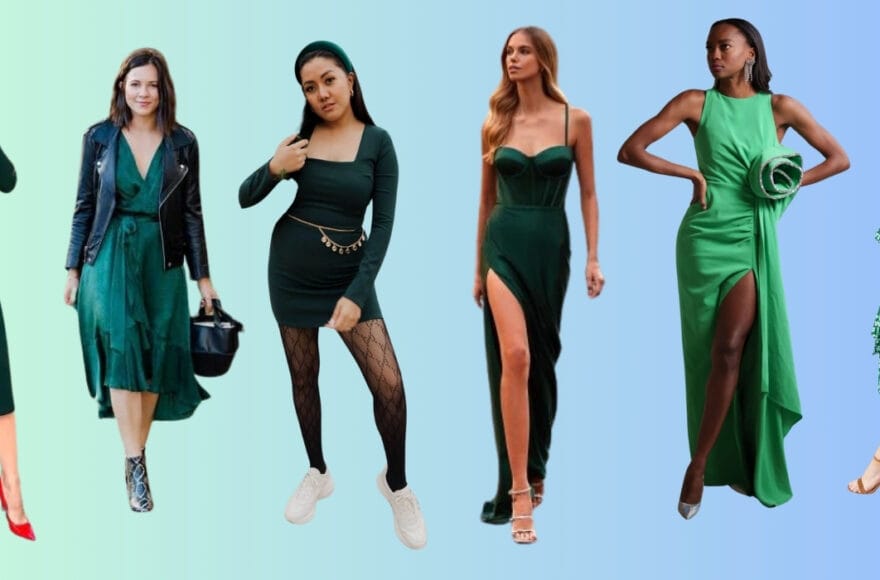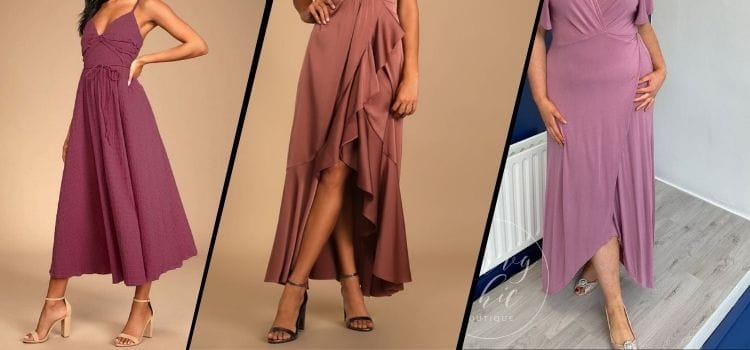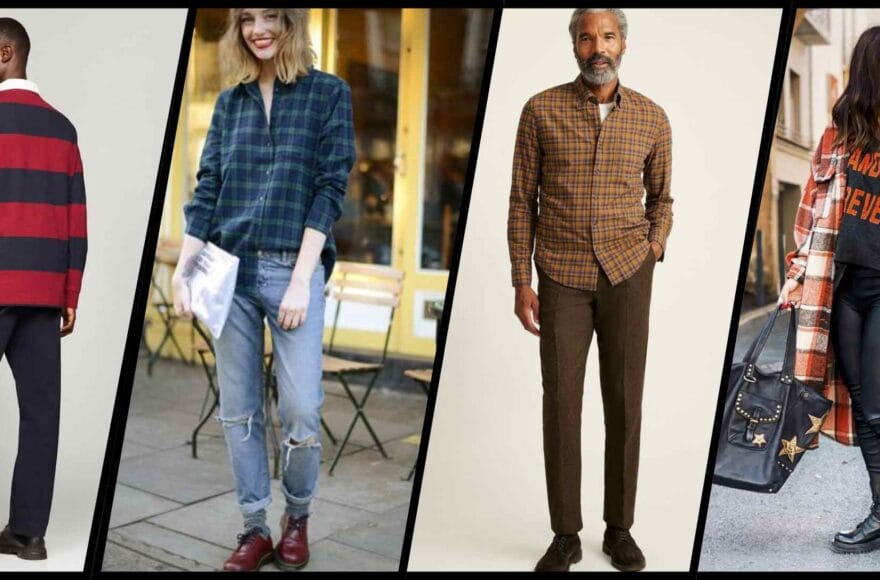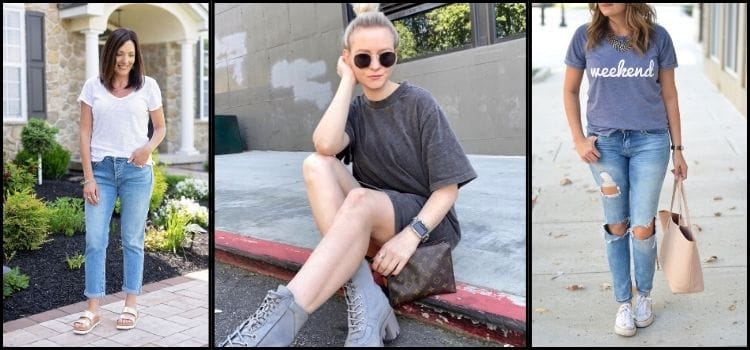Tips for Beginners: Do You Wear Shoes for Pilates?
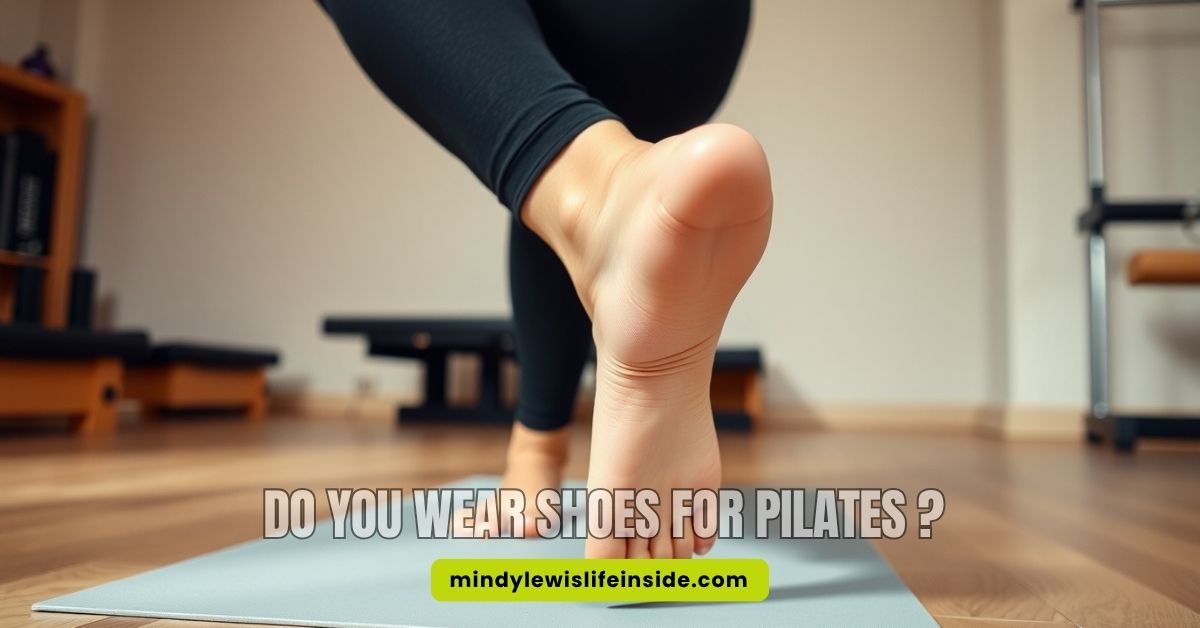
As an Amazon Associate, I earn from qualifying purchases
If you are new to pilates, you might be thinking about what you should wear on your feet for your first pilates class. Many beginners have this question when they see people on the mat with no shoes or wearing special socks.
The right thing on your feet can help you feel good, safe, and able to do your best in the pilates class. This simple guide will help you know what your choices are, so you can come to your pilates class feeling sure and ready to work on your pilates journey.
Understanding Footwear in Pilates: Shoes, Socks, or Barefoot?
When you walk into a pilates class, you will see people barefoot or wearing grip socks. Normal shoes are not used for pilates exercises. Shoes can stop you from moving the right way in pilates. Most places for pilates will say you should go barefoot or wear grip socks. Grip socks help you stay steady and not slip when you are on the mat or reformer.
Are you asking if you need shoes, or if grip socks work better? Let’s look at what happens in pilates and talk about if grip socks might be the best choice for you.
The Role of Footwear in Pilates Practice
The footwear you choose can change your pilates experience. Normal shoes used in pilates exercises may keep you from using the right muscles. This can hurt your core strength. Many shoes have thick soles. These thick soles often stop you from getting good alignment. With shoes, it is not easy to get the exact movement pilates needs. Because of this, most pilates teachers say you should not wear athletic shoes in class.
When you do reformer pilates, grip socks or bare feet are often seen as better. Grip socks come with a silicone or rubber bottom. This bottom helps you not slip. You keep your balance and keep a good posture during each pilates move. Bare feet help, too. They connect you to the mat and reformer equipment in a natural way. Using bare feet helps your foot muscles work harder and makes you more aware of your body.
For pilates classes that use a mat or a reformer machine, going for simple footwear or just bare feet is smart. This choice gives you better safety, control, and helps you get the most out of your pilates exercises.
Common Studio Rules and Etiquette for Shoes in Pilates Classes
Different pilates studios can have their own rules for footwear, so it is always a good idea to check before you go. Many studios want to keep their pilates mats and other equipment safe for people to use. Here are some things you will usually see:
- Most pilates studios want you to have either bare feet or grip socks. Normal shoes are almost never okay.
- Wearing shoes can hurt the pilates mats and the reformer, so studios do not let people use them.
- Some studios sell grip socks there. If you forget yours or need some that fit their rule, you can get them.
- Clothing or footwear that has zippers, buttons, or extra things on it are not allowed. These things can scratch or damage equipment.
Following these rules keeps the space safe and clean for all people. It also shows that you care about other people who come in. Now, let’s talk about why bare feet have always been the classic choice in most pilates classes.
Why Most Pilates Classes Are Done Barefoot
For beginners, taking off your shoes may feel odd at first. Still, most pilates classes are done with bare feet for a reason. Bare feet help you feel the mat or reformer more. This helps you get better alignment so you use the right muscles each time. Your pilates instructor will likely ask you to start with bare feet. It helps make your feet stronger, gives you better posture, and makes your pilates class work better for you.
Are you still not sure about the perks of bare feet? Let’s take a closer look at what they can do for you.
Benefits of Going Barefoot for Pilates Exercises
Going barefoot during pilates exercises on pilates mats has some advantages you do not get when you wear footwear. Your bare feet help you have more traction and better contact with the mat or reformer. This is important for keeping balance and staying stable. It also helps you move with more confidence and control during pilates.
- Bare feet turn on small muscles in your feet and ankles that shoes do not use much. This helps support core strength and leads to better posture.
- When you do not wear shoes, you can spread your toes and change your stance. This improves alignment and may lower discomfort or the chance of injury.
- Having your feet directly touching the mat will boost your body awareness, which helps you learn pilates movements better.
Tamara Jones, a Certified Pilates Instructor, says, “Barefoot Pilates increases muscle activation and balance. It helps every movement be more precise.”
Hygiene Considerations When Practicing Barefoot
Going barefoot during a pilates class can help with your body’s alignment and the way your muscles work. But you should also think about hygiene. When you do pilates in a shared space, your bare feet touch pilates mats, the reformer, and other equipment. Many people may use that same pilates mat and reformer every day.
Some people do not like being barefoot on this shared equipment. Maybe you worry about moisture, slipping, or germs. If you feel this way, grip socks can be a good idea. The socks help stop sweat, cut down on bad smells, and keep your feet away from all the surfaces that others also use.
Studios clean the equipment, but you can bring your own mat or wear your grip socks for more comfort. In addition, washing your feet before class helps you be sure you and others enjoy a good, clean space to do pilates.
Recommended Footwear Options for Pilates
If you do not like bare feet, you still have some good choices for a pilates class. One of the best ways to keep steady on pilates mats and reformer pilates machines is to use grip socks. The grip socks help you get more traction. They also work as a barrier to cleanliness. That is why many pilates studios prefer these.
HM² 3 Pairs Cute Women’s Pilates Socks with Non-Slip Heart Grips – Ruffle Top, Ribbon Bow & Stretch Cotton Soft Breathable – Anti-Skid Yoga, Barre, Ballet, Dance, and Home Workout Socks
$9.99 (as of December 19, 2025 23:25 GMT +00:00 - More infoProduct prices and availability are accurate as of the date/time indicated and are subject to change. Any price and availability information displayed on [relevant Amazon Site(s), as applicable] at the time of purchase will apply to the purchase of this product.)DZSoCoki Grip Socks Pilates,4/6Pairs Cotton Cute Pilates Socks for Women, Ruffle Grippy Sock for Yoga Barre Hospital 5-10in
$14.99 (as of December 19, 2025 23:25 GMT +00:00 - More infoProduct prices and availability are accurate as of the date/time indicated and are subject to change. Any price and availability information displayed on [relevant Amazon Site(s), as applicable] at the time of purchase will apply to the purchase of this product.)SHASHI Mesh Socks for Women – Stylish, Full-Coverage Non Slip Socks for Barre, Yoga and More
$15.99 (as of December 18, 2025 09:54 GMT +00:00 - More infoProduct prices and availability are accurate as of the date/time indicated and are subject to change. Any price and availability information displayed on [relevant Amazon Site(s), as applicable] at the time of purchase will apply to the purchase of this product.)ERMO NKES Cute Polka Dot Yoga Socks for Women – 3 Pairs Non Slip Grip Pilates Barre Socks, Cozy Crew Style, US Size 5-9
$12.99 (as of December 19, 2025 23:25 GMT +00:00 - More infoProduct prices and availability are accurate as of the date/time indicated and are subject to change. Any price and availability information displayed on [relevant Amazon Site(s), as applicable] at the time of purchase will apply to the purchase of this product.)Simlakey Women Cute Pilates Grip Non Slip Socks Christmas Ruffle Yoga Socks with Grip Pilates Gift for Workout Barre
$7.99 (as of December 19, 2025 23:25 GMT +00:00 - More infoProduct prices and availability are accurate as of the date/time indicated and are subject to change. Any price and availability information displayed on [relevant Amazon Site(s), as applicable] at the time of purchase will apply to the purchase of this product.)Zyghjort Tabi Socks, 4 Pairs Cotton Split Toe Socks Elastic Flip Flop Sock for Women Men Unisex
$9.49 (as of December 19, 2025 23:25 GMT +00:00 - More infoProduct prices and availability are accurate as of the date/time indicated and are subject to change. Any price and availability information displayed on [relevant Amazon Site(s), as applicable] at the time of purchase will apply to the purchase of this product.)INANIR Pilates Socks With Grips for Women:Cute Non Slip Crew Gripper Yoga Sock-Grippy Sticky for Hospital/Dance Barre/Workout
$9.88 (as of December 19, 2025 23:25 GMT +00:00 - More infoProduct prices and availability are accurate as of the date/time indicated and are subject to change. Any price and availability information displayed on [relevant Amazon Site(s), as applicable] at the time of purchase will apply to the purchase of this product.)You may wonder if grip socks are better than shoes for pilates, or what other footwear you can try. Let’s look at your options. This way, you will feel good about picking the right footwear for your next pilates class.
Grip Socks vs. Regular Socks: Which Is Better?
Grip socks are specifically designed for pilates exercises, while regular socks are meant for everyday wear. Here’s how they compare:
| Feature | Grip Socks | Regular Socks |
|---|---|---|
| Traction | Silicone/rubber patterns for slip-resistance | No traction—slippery on equipment |
| Hygiene | Barrier between feet and pilates mats/machines | Limited hygiene protection |
| Functionality | Support foot movement and alignment | Can bunch up, hinder movement |
| Studio Approval | Usually required or highly recommended | Typically not allowed |
If you’re looking to avoid slips, maintain posture, and comply with most pilates studios’ rules, grip socks are a much better alternative to regular socks—or shoes. They offer comfort, safety, and peace of mind during dynamic pilates movements.
Specialized Pilates Shoes: Do You Need Them?
You may think you have to get special pilates shoes for your class. Some brands do make minimalist shoes or ballet shoes for pilates, but most places do not ask you to buy them. These shoes are light, have thin flexible bottoms, and let your feet move in a natural way. They help if your feet feel sore or if you have a need for a bit more support.
Pilates shoes are different from normal sports shoes. The bottom isn’t thick, and there is not much arch support or stiff parts. The shoes almost feel like you’re barefoot, but they still cover some of your foot. For people who have foot problems, like sore arches or plantar fasciitis, you can find pilates footwear that has a soft squeeze or gentle support built in.
For most people, though, you can just use grip socks or go barefoot. Both ways let you get the most out of pilates exercises and help with your posture and core strength.
Choosing Footwear for Different Types of Pilates (Mat vs. Reformer)
Choosing the right footwear matters when you want to feel good in a pilates class, especially your first pilates class. Many people in mat pilates like to go barefoot. This can help you get more traction on the mat. It lets you feel your connection with the mat and can improve your alignment and core strength.
But grip socks are also a good choice. These socks can give you grip just like your bare feet, but with a bit more comfort and protection.
If you are going to a reformer pilates class in a pilates studio, supportive footwear like grip socks or pilates shoes can help a lot. These give you functionality and stability. They let you focus on your workout without any distractions. The right pilates footwear can make a big difference in how you use the mat or reformer, and help you get the most from your time.
Footwear Guidelines for Mat Pilates
For mat pilates, simple is best. People mostly go barefoot or wear grip socks. It depends on what feels good to you and what the studio says. If you do pilates at home on your own mat, bare feet work well. They let you move easily. You also get a good grip for your pilates exercises.
- Some studios want people to wear grip socks. This is for hygiene, especially if many use the same pilates mats.
- Socks with no grip can make things worse. You might slip and feel discomfort, so try not to use them.
- If you take your first pilates class and you do not like bare feet, bring grip socks. Make sure they are clean. You can use them if you want.
You just want to feel safe and steady. That helps you focus on your alignment and posture. It keeps your feet from moving or sliding while you work out.
Footwear Recommendations for Reformer Pilates Machines
Reformer pilates has clear rules about what to wear on your feet. Most studios ask you to wear grip socks for reformer pilates sessions. Grip socks help you get good traction. They keep your feet from slipping. They also help protect pilates mats and the padding on reformer machines from damage. Shoes are not the best way to go, since they can scratch or wear out the soft surfaces on the reformer.
If you forget to bring grip socks, many studios have them for sale. Always check your grip socks before you use them. Make sure the grip pattern on the bottom is still there. If the grips are worn out, your safety can be at risk.
Some studios might allow specialty pilates shoes or barefoot shoes, especially if you have foot problems or need extra padding. If you use them, pick ones with thin and flexible soles. Make sure they do not stop your foot from moving or harm the reformer or pilates mats. In the end, grip socks are the best way to go for both cleanliness and good performance during a reformer pilates class.
Beginner’s Guide: What You Need to Get Started in Pilates
Starting pilates for the first time can be easy. You just need a few things and a good attitude to go to your first pilates class. Most studios say you should wear comfortable and fitted clothes, bring a water bottle, and look up the footwear rules before you go. The perfect outfit makes it easy for you to move without any distractions or discomfort.
Want to know what else you should have? Next, we will give you a simple list. This will help you get ready and enjoy your pilates journey from day one.
Essential Equipment and Clothing Checklist
When you get ready for a pilates class, focus on clothes and gear that work well and feel good. Here is an easy list to help you know what to take:
- Leggings or longer bike shorts: You want stretchy, high-waisted pairs without zippers, buttons, or things that stick out.
- Sports bra or supportive top: Pick a bra that has soft straps and extra padding if you want it.
- Grip socks or barefoot: Ask your studio about footwear rules before stepping on a reformer pilates machine.
- Hair ties and water bottle: Use a tie for your long hair so it stays back. Make sure you have water to drink too, it’s always a good idea.
It’s not good to wear loose clothing as it may cause distractions or get stuck in pilates equipment. Some people want their own mat, so take your own mat if you do not want to use pilates mats the studio provides. When you bring these pilates class essentials with you, it helps you be comfortable and ready for every exercise in your pilates class.
Step-by-Step Guide: Preparing for Your First Pilates Class
Taking your first pilates class is both exciting and can make you a bit nervous. But you can have a good start if you follow some easy steps. If you are new, make sure to check the studio’s rules on footwear, wear something comfortable, and bring your own mat if you want. The best way to enjoy your first time is to be comfortable, stay safe, and follow the rules of the studio.
Ready to try pilates and have a good time? Here is a two-step guide that will help you get ready for your pilates class with confidence.
Step 1: Research Your Studio’s Footwear Policy
Before you go to your pilates class, take a bit of time to check the studio’s rules about footwear. Some studios want you to go barefoot. Other places ask everyone to wear grip socks, especially for classes that use equipment like the reformer.
You can call your studio, look at their website, or send an email to find out about what shoes you should wear, and see if there are any rules about what clothes to put on, like if you can use zippers or snaps. Doing this helps you know what to expect and makes sure you can join every class, whether it is mat pilates or a reformer session, without any problems.
Knowing these things ahead of your first pilates class is always a good idea. If you get stuck or have questions, just reach out to the studio. The staff will help you come to the class feeling ready and comfortable.
Step 2: Select the Right Footwear Based on Comfort & Safety
After you know what your studio needs, you should pick footwear that helps you feel good and move safely. You can choose from the following:
- Grip socks: These help you get traction, stop slips, and keep your feet clean when you use shared pilates mats and reformers.
- Bare feet: This option works well for mat pilates and helps you use your foot muscles the natural way.
- Specialized pilates shoes: These can be good if you have discomfort in your feet or need extra support.
You should not use athletic shoes with thick soles. Those shoes stop your feet from moving how they need to, and they might break pilates mats and other equipment.
If you have foot discomfort or want more arch support, look for pilates footwear with compression or ask your instructor what works best. The goal is to feel secure and sure of yourself while you do pilates exercises. This way, you can give all your focus to your practice.
Conclusion
In the end, knowing what footwear to wear for Pilates helps you feel better and move easier. Most people do Pilates barefoot because it helps with grip and keeps you stable. In some classes, you might use grip socks or special shoes.
These can be good for you in certain cases. The choice can also depend on hygiene and how you act in the studio. When you pick the right footwear, whether it’s for Pilates on a mat or on a reformer, you will feel sure of yourself and stay with your workout.
If you want to learn more, you can reach out anytime for a free consultation and get started on the right foot!
Faq
What is the most comfortable pilates workout clothing?
The most comfortable Pilates workout clothing typically includes moisture-wicking fabrics, stretchy leggings or shorts, and fitted tops that allow for free movement. Many prefer layering with a breathable tank and a lightweight jacket. Prioritizing comfort enhances your practice, making it easier to focus on form and technique during workouts.
As an Amazon Associate, I earn from qualifying purchases


